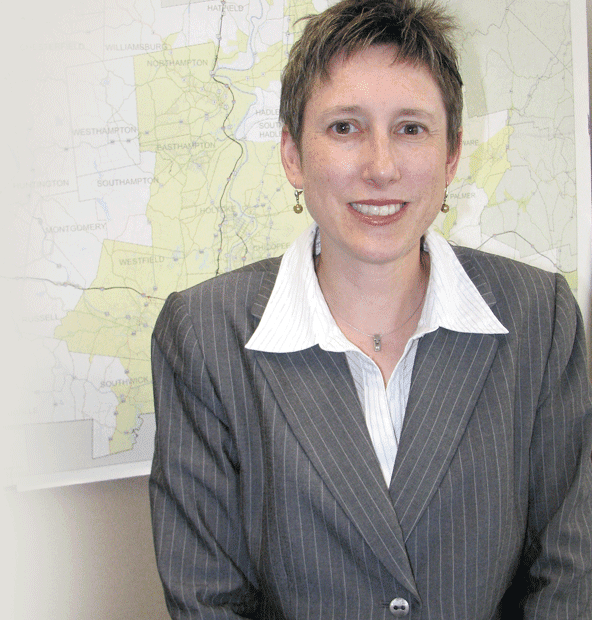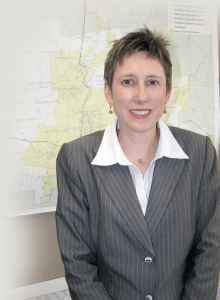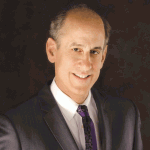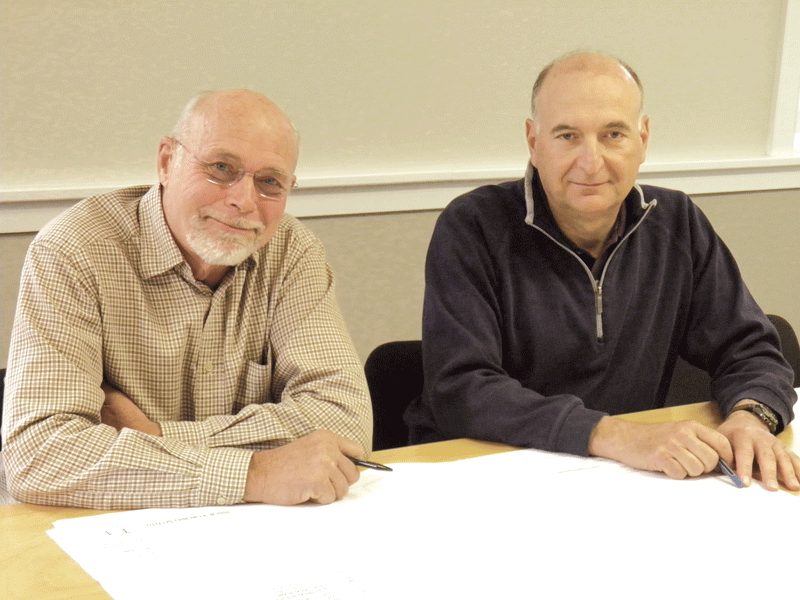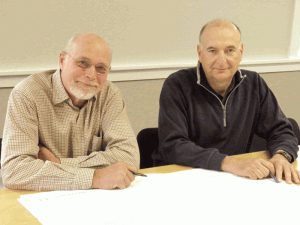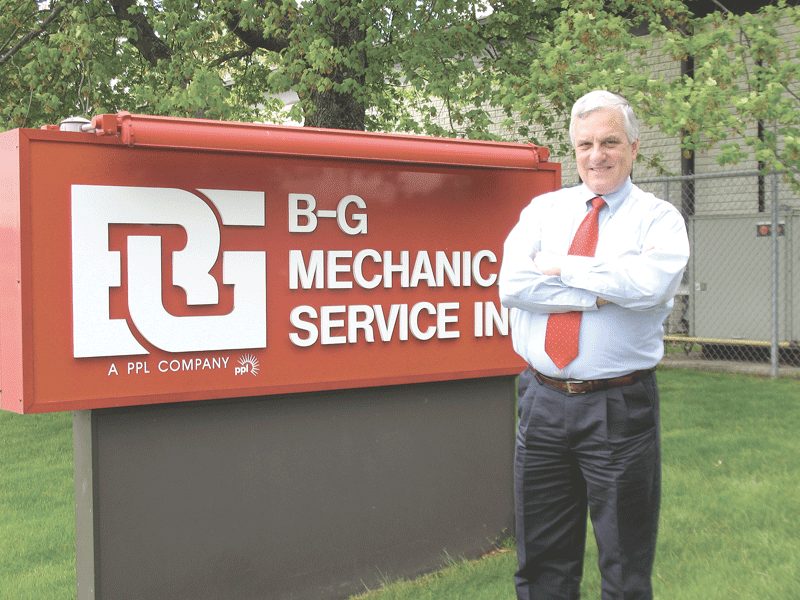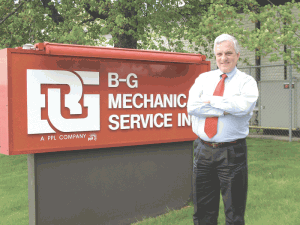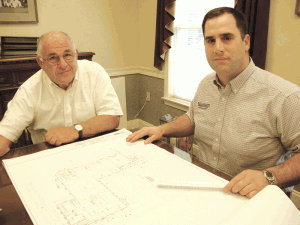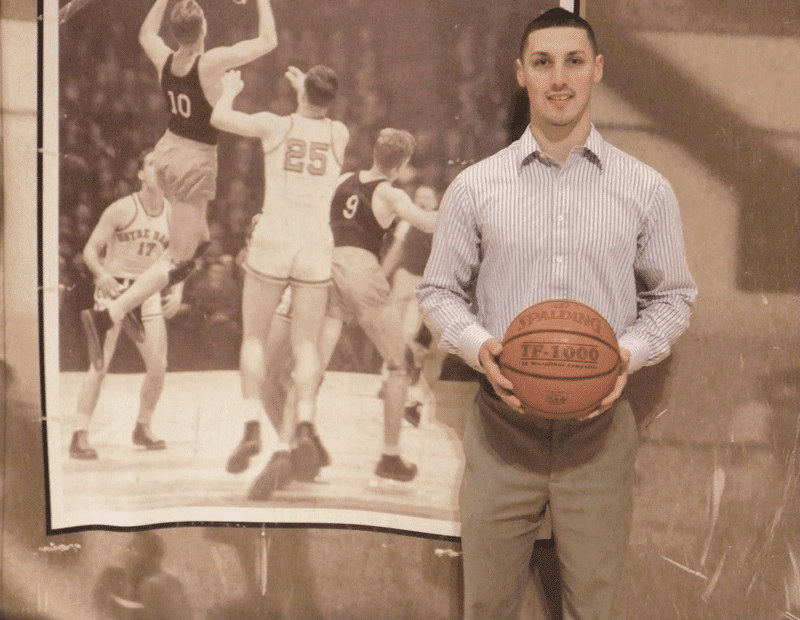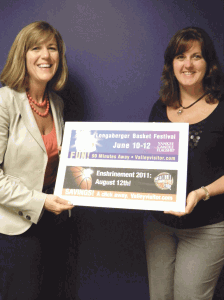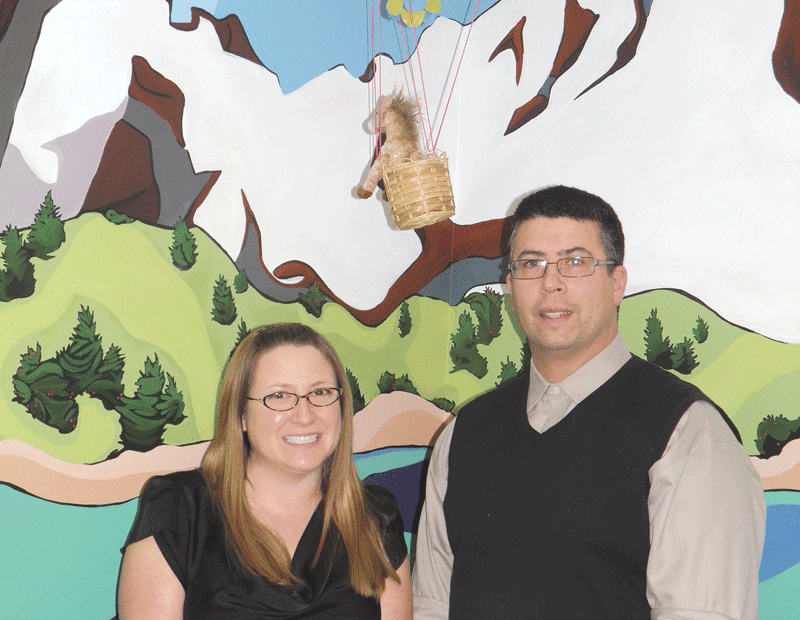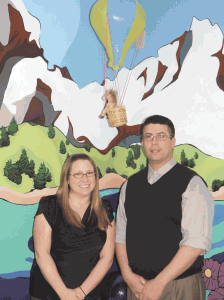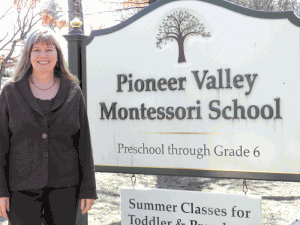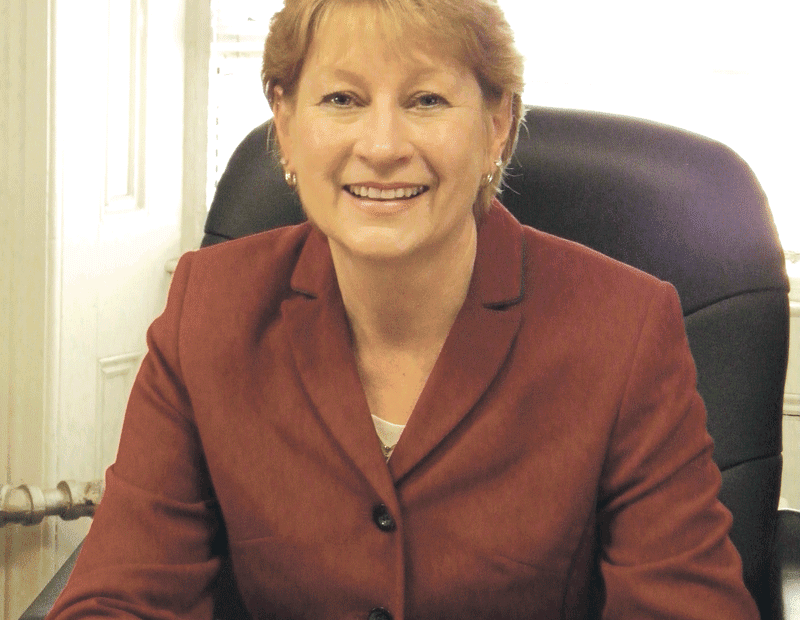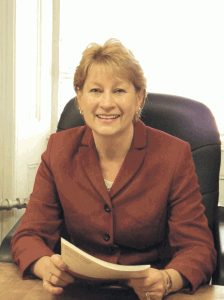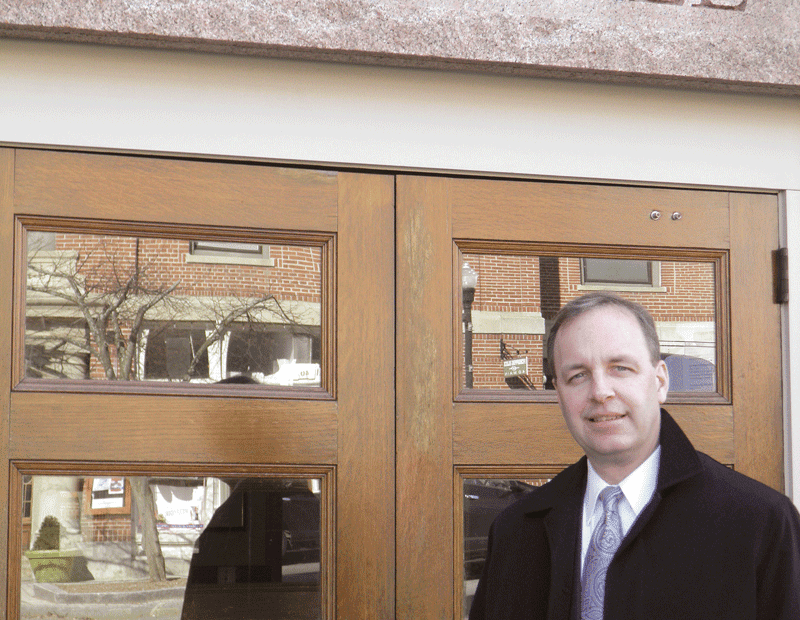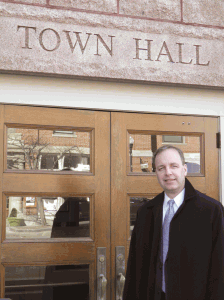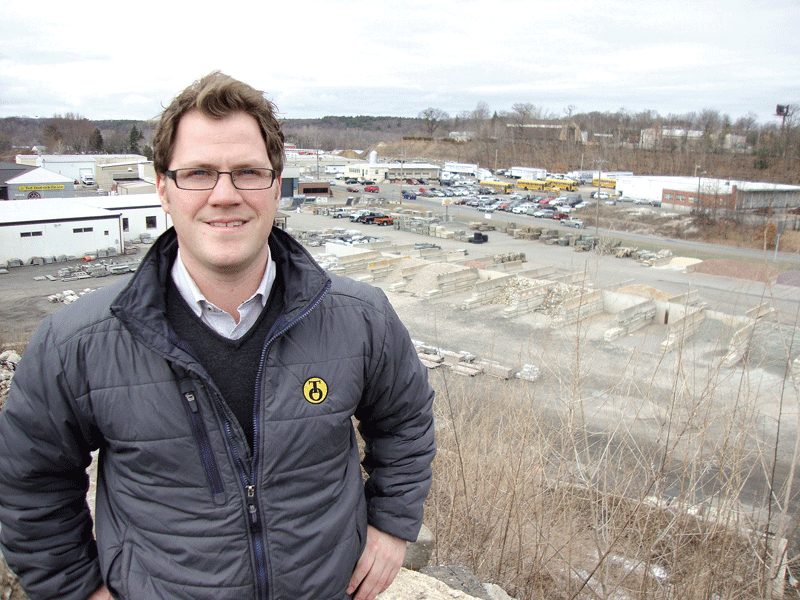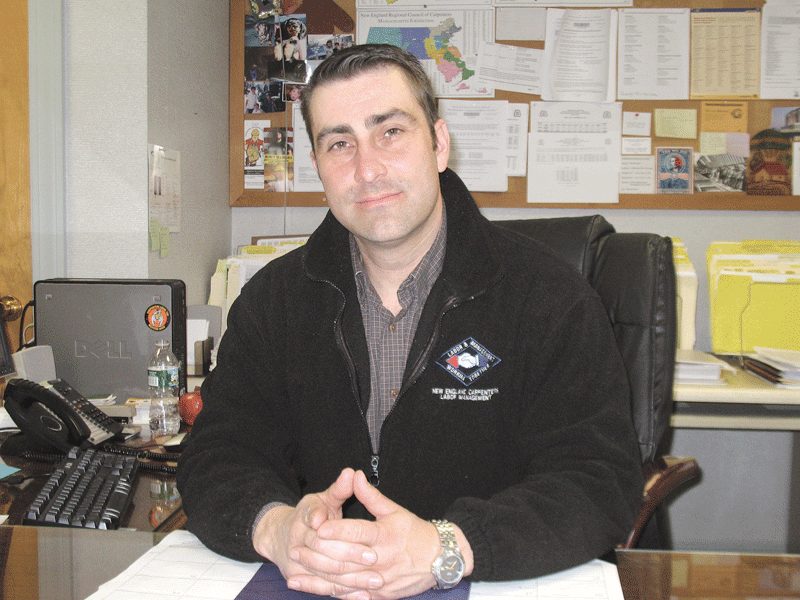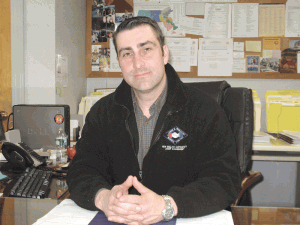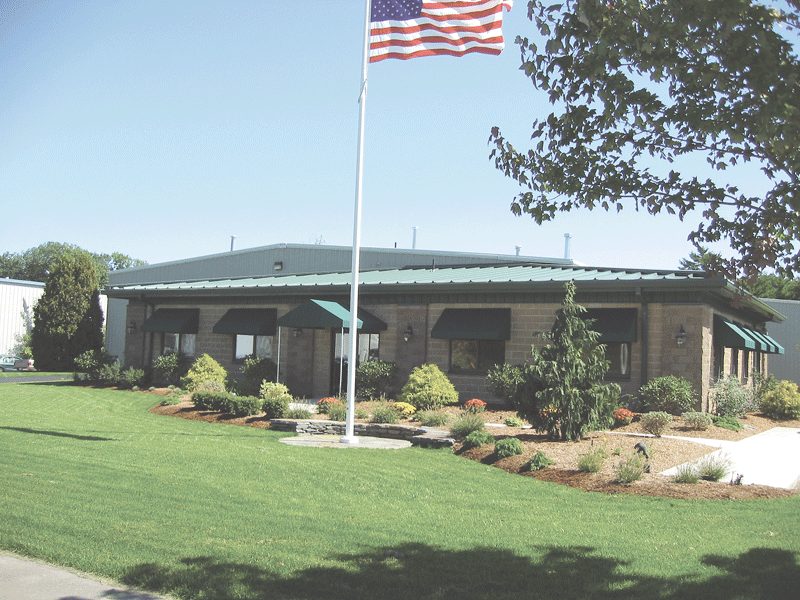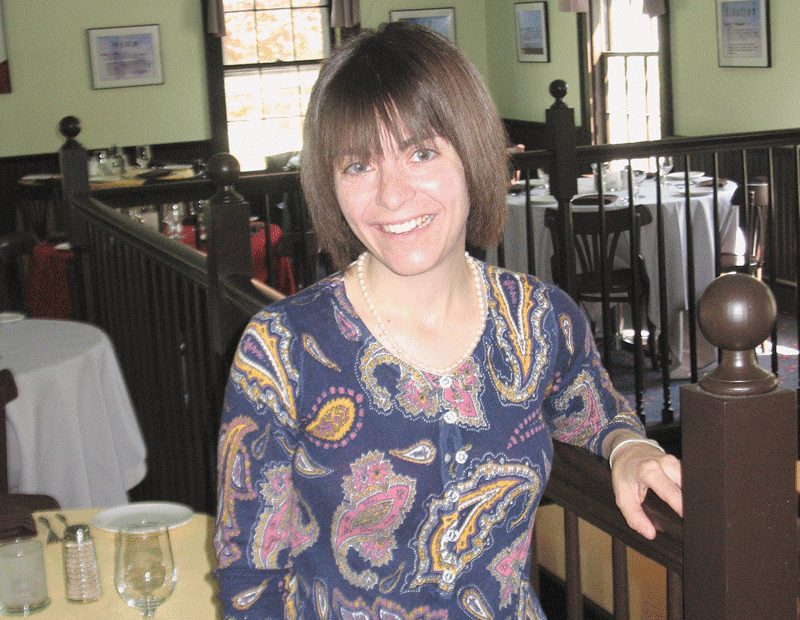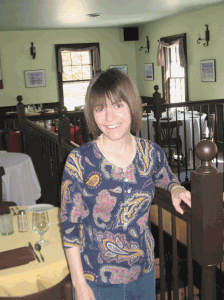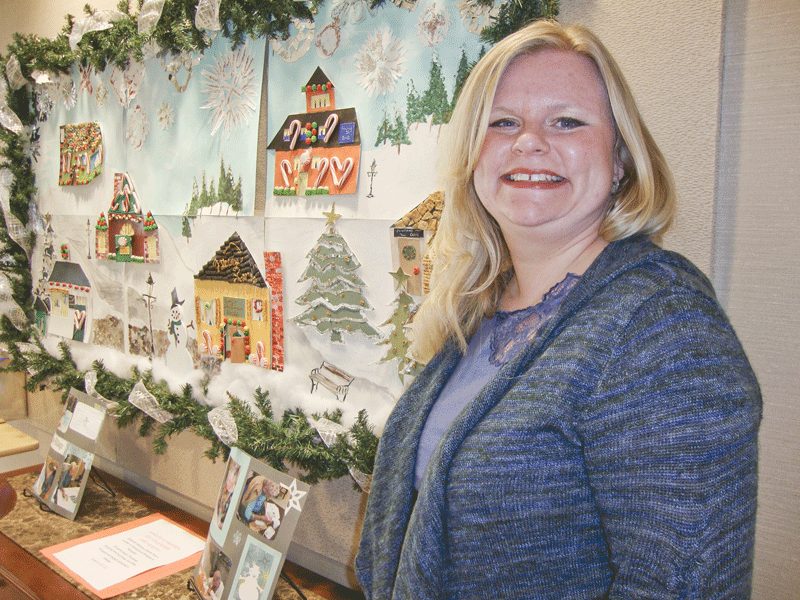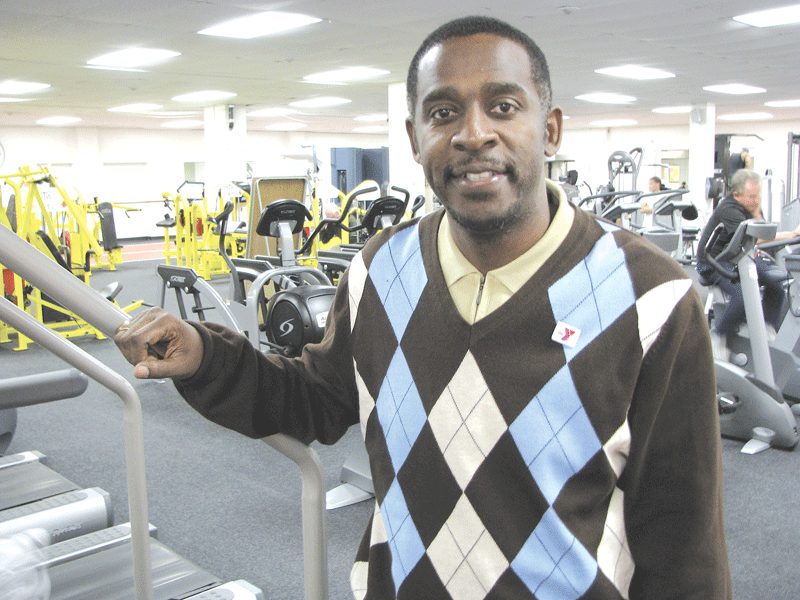In September, BusinessWest presented its 2014-15 Resource Guide. What follows are needed additions and corrections to the charts that appeared in that issue:
• Changes to Accounting Firms:
Meyers Brothers Kalicka, P.C.
Services: Management-advisory services; audit and accounting services; multi-state and international taxation; tax planning and return preparation; employee benefit-plan audits; family and independent business services; business valuations; financial planning and wealth management; cost-segregation studies; certified fraud examiners; construction; healthcare; education; not-for-profit; real estate; manufacturing, wholesale, and distribution
Bova, Harrington & Associates, P.C.
Number of CPAs: 7
Number of Partners: 2
• Addition to Audio-Visual/Multi-Media Companies:
Kirby Productions
1 Doane Ave., Agawam, MA 01001
(413) 388-5714; www.kirbyproductions.com
Employees: 1
Services: Full-service HD video production company specializing in writing, videography, and motion design; TV commercials; promotional videos; viral videos; event videos; video blogs; production studio with green screen available
Contact: Al Liptak
• Changes to Auto Dealers:
Balise Chevrolet Buick GMC
General Manager: John Perez
Balise Ford of Wilbraham
General Manager: Charles Dansby
• Addition to Banks in Western Mass.:
Farmington Bank
www.farmingtonbankct.com
Assets: $2,110,028,000
Deposits: $1,513,501,000
Net Income: $3,704,000
Total Equity Capital: $232,209,000
Total Loans and Leases: $1,822,487,000
Commercial Loan Volume: $253,406,000
Secured by Real Estate: $546,350,000
(Figures are year-end 2013. Farmington Bank, based in Connecticut, entered the Massachusetts market in 2014.)
• Change to Colleges with MBA Programs:
Elms College
Contact: Donna Graziano
• Addition to Computer Network/IT Services:
Network Advantage Associates
2098 Roaring Brook Road, Conway, MA 01341
(413) 223-9007; www.net-vantage.com
Contact: Roy Cohen
Service Area: Pioneer Valley
Services: Integrates advanced strategic technologies in small businesses, professional practices, and nonprofits; business continuity/disaster recovery; on- and off-site backup and recovery; information-technology management; systems and network administration; virtualization solutions; custom VoIP solutions; server upgrades and migrations; Enterprise wireless; Google/Oracle solutions
• Addition to Day Spas:
Elements Hot Tub Spa
373 Main St., Amherst, MA 01002
(413) 256-8827; www.elementshottubspa.com
Owners: Jeff and Diana Krauth
Services: State-of-the-art private hot tubs; infrared saunas; aromatherapy steam room; individual and couples massage; advanced therapeutic bodywork modalities; natural facials; spa services
Preferred Product Line: France Laure Natural Care
• Change to Dental Services:
Florence Dental Care
Head of Practice: Benjamin Falk, DDS
Specialties: General and cosmetic dentistry for all ages including tooth-colored fillings, porcelain veneers, and crowns; smile makeovers and ZOOM whitening; preventive care including all phases of gum (periodontal) treatment; comprehensive dental care including root-canal therapy, oral surgery and extractions, dental implants, and bone grafting; digital X-rays and photographs; emergency care
• Addition to Financial Services/Brokerage Firms:
Gage-Wiley & Co. Inc.
120 King St., Northampton, MA 01060
(413) 584-9121; www.gagewiley.com
Licensed Brokers in Western Mass.: 8
Total Licensed Brokers Nationally: 9
Branch Manager: Christopher Milne
Services: Comprehensive wealth management; independent brokerage and investment-advisory services; retirement, estate, and financial planning; life and long-term-care insurance.
• Additions to Home Care Options:
Porchlight VNA/Home Care
32 Park St., Lee, MA 01238
2024 Westover Road, Chicopee, MA 01022
(413) 243-1212; www.porchlighthomecare.org
Director: Holly Chaffee
RN/LPN Care: Yes
Services: Skilled nursing; wound care; infusion therapy; telemonitoring; physical, occupational, and speech therapies; mother/baby care; nutritional counseling; mental-health services; psychiatric nursing; home health aide services; CHF disease management; community health programs
Porchlight Home Care
21 High St., Lee, MA 01238
2024 Westover Road, Chicopee, MA 01022
(413) 243-1122; www.porchlighthomecare.org
Director: Dawn Dewkett
RN/LPN Care: Yes
Services: Care management; personal care attendants; home health aides; certified nursing assistants; homemakers; companionship; live-in services; transportation/door-to-door program; medication reminders; 24-hour care; complimentary assessments; long-term-care planning; 24-hour nurse oversight; home visiting nurse practitioner
• Addition to Insurance Agencies:
John M. Glover Agency
4 Open Square Way, Suite 213, Holyoke, MA 01040
(413) 534-1500; www.johnmglover.com
Full-time Agents: 2
Full-time Employees: 2
Local Offices: 1
Type of Insurance: Property/casualty, auto, home, business, life, health, workers’ comp
Top Local Officials: Kyle Sullivan, John Sullivan
• Change to Insurance Agencies:
The Dowd Insurance Agencies
Type of Insurance: Commercial, personal, life, employee benefits, surety
• Change to Law Firms:
Gove Law Office
Second address: 358 Sewall St., Ludlow, MA 01056
(413) 583-5196; www.govelawoffice.com
Lawyers: 2
Areas of Practice: Business representation; commercial and banking matters; residential and commercial real estate; estate planning and probate administration; landlord/tenant; bankruptcy; personal injury
• Addition to Physical Therapy Outpatient Facilities:
Active Physical Therapy & Wellness, LLC
2301 Boston Road, Wilbraham, MA 01095
(413) 596-5362; www.activeptw.com
Administrator: Patricia O’Brien
Services: Outpatient clinic offering individualized manual therapy treatment for neck and back pain, sports injuries, post-surgery, arthritis, shoulder and knee problems; private treatment rooms; fitness center
• Change to Physical Therapy Outpatient Facilities:
HealthSouth Hospital of Western Massachusetts
Administrator: Victoria Healy
• Addition to Skilled Nursing/PT Facilities:
Life Care Center of Wilbraham
2399 Boston Road, Wilbraham, MA 01095
(413) 596-3111; www.lcca.com/182
Administrator: Dennis Lopata
Services: Subacute and rehabilitation programs provide a bridge between hospital and home; physical, occupational, and speech therapy; orthopedic recovery program; VitalStim therapy for swallowing or dysphagia difficulty; CPI wound care; aquatic-therapy program; long-term and respite care
• Addition to Telecom/Voice/Data Providers:
Network Advantage Associates
2098 Roaring Brook Road, Conway, MA 01341
(413) 223-9007; www.net-vantage.com
Contact: Roy Cohen
Service Area: Pioneer Valley
Services: Integrates advanced strategic technologies in small businesses, professional practices, and nonprofits; business continuity/disaster recovery; on- and off-site backup and recovery; information-technology management; systems and network administration; virtualization solutions; custom VoIP solutions; server upgrades and migrations; Enterprise wireless; Google/Oracle solutions
• Change to Web Development Companies:
Last Call Media
136 West St., Suite 01, Northampton, MA 01060
• Addition to Western Mass. Area Computer Retailers:
Northeast IT Systems Inc.
777B Riverdale St., West Springfield, MA 01089
(413) 527-8090; www.northeastit.net
Employees: 8
Owner/Manager: Joel Mollison
Products/Services: Computer and network equipment sales and service; hardware and software; computer network and IT consulting services for small to midsized businesses and municipalities; firewalls; network security; remote access/VPN; servers; virtualization; VoIP phone systems; backup and disaster recovery; spam filtering



